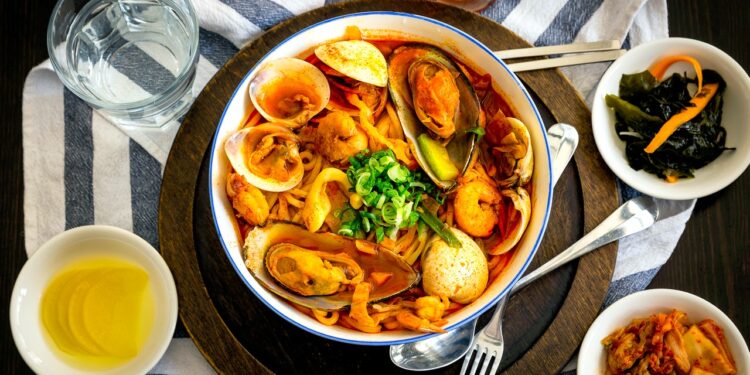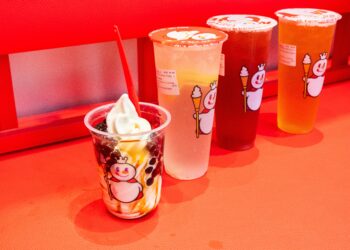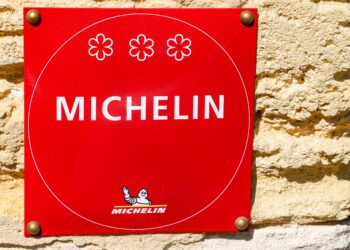Kimchi—the iconic fermented vegetable dish—has once again become the subject of a cultural feud between China and South Korea.
The latest shot fired in the long-running culinary battle came in July, when South Korea’s Ministry of Culture, Sports and Tourism released a notice that it’s amending the official guidelines on “the appropriate foreign language” for a few Korean foods.
Among them is a ruling that xinqi is to be the new, official Chinese name for kimchi. The old common translation, pao cai (salted fermented vegetables), will be abandoned.
The problem stems from the fact there’s no Chinese character to represent the pronunciation of kimchi. As a result, the Ministry of Agriculture reportedly considered some 4,000 Chinese characters before deciding on xinqi, claiming that it sounded kind of like kimchi.
With the new name, the Seoul government hopes to draw a clear line between Korean kimchi and Chinese pickled vegetables—the latter of which are called pao cai in China.
The new guideline is mandated for the South Korean government and affiliated organizations. But it’s only a recommendation for private companies that need to translate the word kimchi into Chinese.
Nonetheless it has kicked off a wave of heated debates among media and netizens in both nations.
Kimchi is a collective term for more than 100 types of fermented vegetables in Korea, but it most commonly refers to fermented napa cabbage with seasonings, including red chili pepper, garlic, ginger and salted seafood.
A longstanding debate
This isn’t South Korea’s first attempt at making “xinqi” the de facto Chinese name for kimchi.
In 2013, the Ministry of Agriculture lobbied for a new name in response to the increasing number of China-produced kimchi products in overseas markets, as well as in South Korea’s domestic market. Furthermore, since 2006 South Korea has suffered a kimchi trade deficit with China. From 2007 to 2011, the country’s imports of kimchi products from China increased by at least tenfold.
But after the official announcement regarding the new name was made in 2013, the backlash was swift. The name xinqi was so unpopular in China that the old translation, pao cai, was restored soon after.
Why the need to fight back now? Renewed interest in kimchi’s Chinese name emerged after a series of cultural conflicts over the last year.
In November 2020, China obtained an IOS certificate for Sichuan pao cai. In an article published by China’s state media, Global Times, the writer proclaimed that “Sichuan pao cai has become the international standard” for the pao cai industry.
“The so-called ‘Kimchi (Pao Cai) Sovereign State’ has long existed in name only,” said the article.
South Korean netizens and media were unimpressed, calling the report an attempt to “steal” kimchi and Korean culture and rekindling anti-Chinese sentiment.
The South Korea government has made other attempts to differentiate kimchi and pao cai. Earlier this year a new book about kimchi was published by the country’s national promotional agency, including a section highlighting how the two dishes differ.
What’s in a name? A great deal, for this particular issue, which shows no signs of being resolved.












